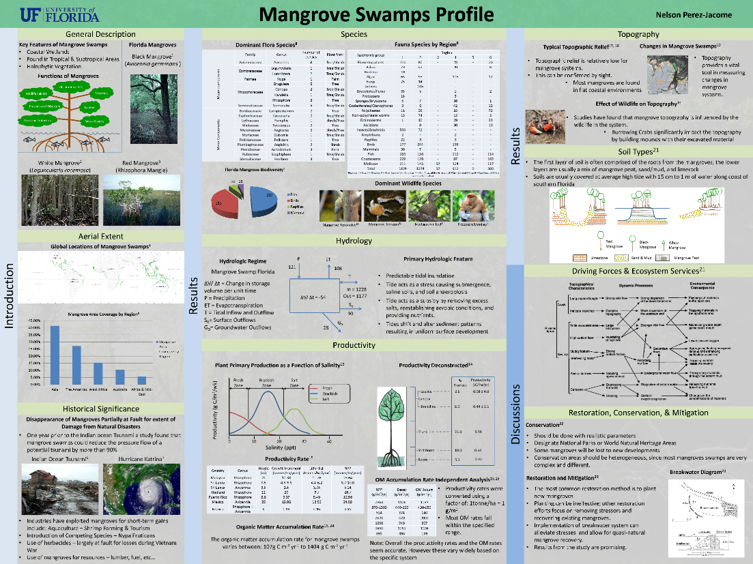Packed Tower Air Stripping
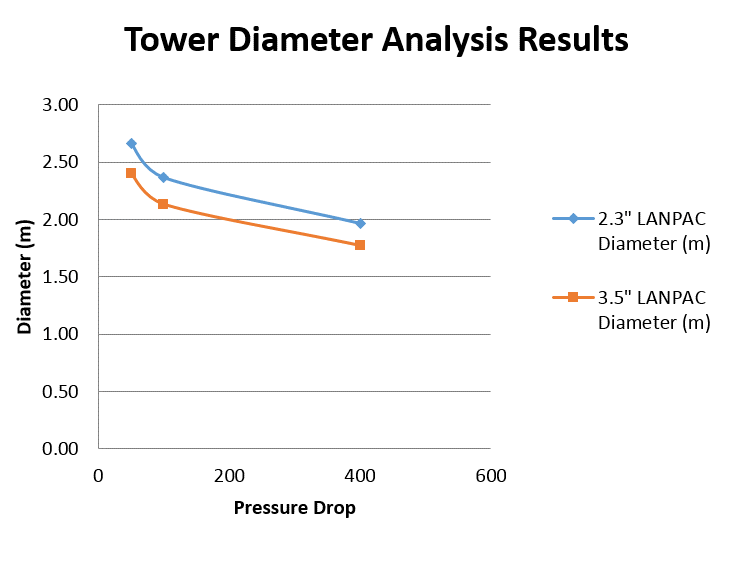
This report endeavored to provide a basis of design for an optimized air stripping tower that would remove organic compounds from a typical drinking water supply. Engineering calculations and a present worth analysis of alternatives were provided. As a result of the analysis, a tower (6.6 meter in height and 2.72 meters in diameter) with 3.5″ LANPAC packing was recommended.
Miami Mangrove Profile
Mangroves provide numerous benefits to the ecosystem and surroundings community. A few of the most notable benefits include: adsorption of CO2, wildlife habitat, and storm surge protection. Of all the benefits that are provided by mangroves, prevention of natural disasters is, without doubt, the concern of most immediate consequence. The mangroves swamp profile provides a detailed snapshot of one of the most valuable natural resources in Miami and Florida, as a whole.
Stormwater Treatment
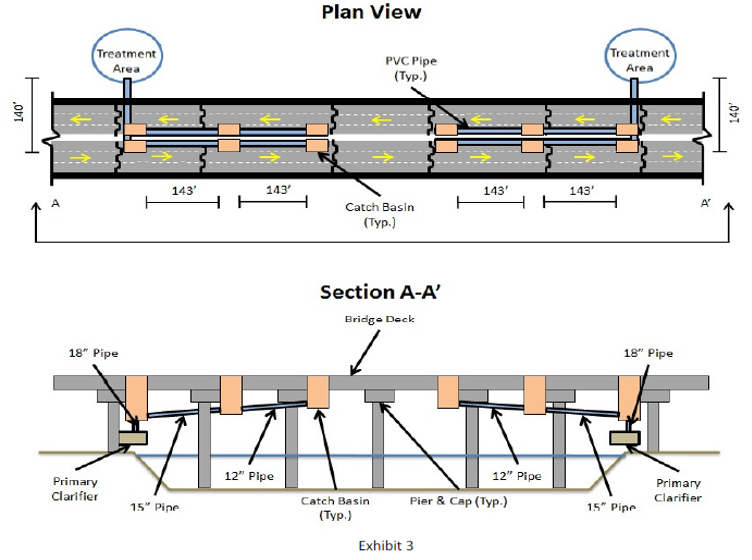
The report provides a conceptual design of a drainage conveyance and treatment system for a typical bridge. The report takes into account the collection of stormwater runoff, primary treatment, and the use of upward axial flow filters. Effluent discharge limits. were achieved in the design for the following constituents: chemical oxygen demand (COD), suspended sediment concentration (SSC), copper, zinc, cadmium, lead, and phosphorus.
Membrane Design

The purpose of this report was to provide a preliminary engineering design for a membrane system capable of treating brackish water. Various alternatives were analyzed and the design objectives were met for a design flow rate of 2,500 gpm. As expected, an increase in LSI, permeate TDS, and osmotic pressure was observed as recovery increased. CO2 stripping and hydrated lime were used for ph adjustment to ensure the product water was not corrosive.
Miami Nutrient Loading
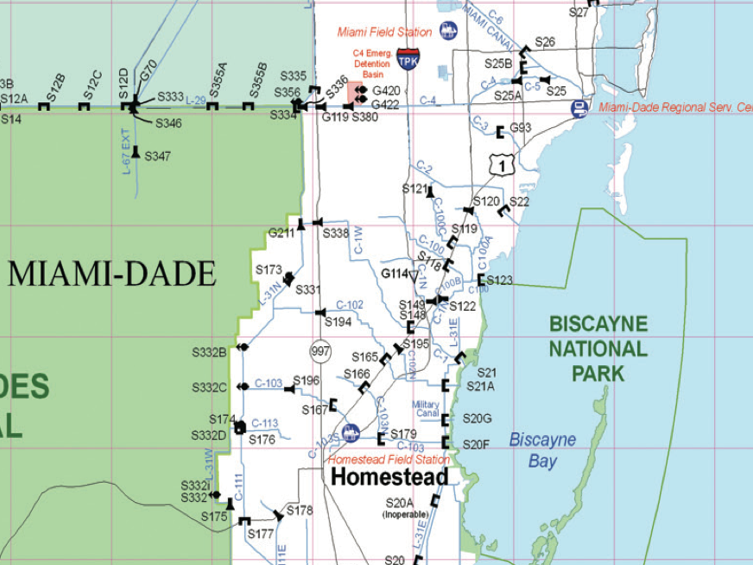
The project evaluated the dilution of nitrogen in the Biscayne Bay, a National Park and one of Miami’s most important ecosystems. The project specifically looked at the nutrient loads from the Snapper Creek Canal, using the South Florida Water Management District’s DBHydro database. The data was consistent with local perception, showing increasing nitrogen loads over time.
CSTR Modeling
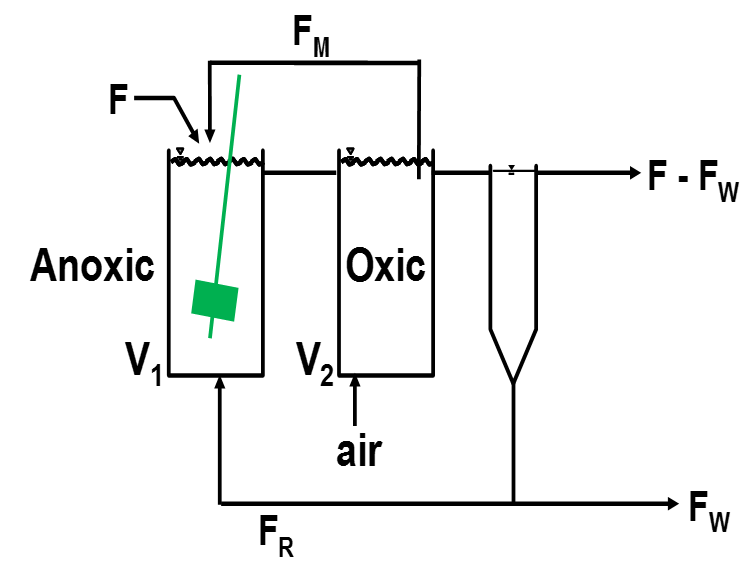
This project entailed the development of a staged continuous stirred-tank reactor (CSTR) system with secondary settling and biomass recycle. The model demonstrated improved sludge settling and reduced short circuiting. Additionally the staged system allowed for multiple settling environments (i.e. anoxic/oxic) and achieved lower substrate concentrations than a single CSTR.

